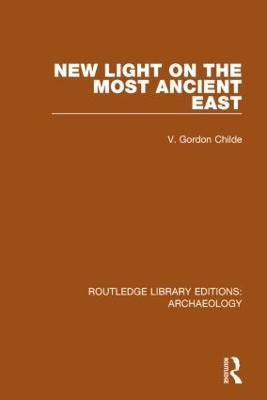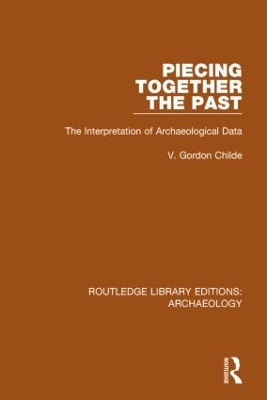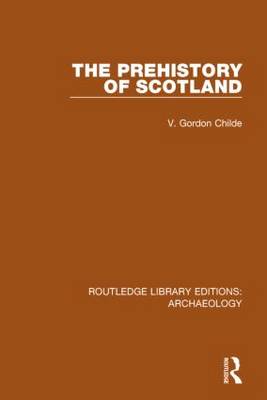Routledge Library Editions: Archaeology
3 total works
This book offers a detailed survey on major archaeological discoveries in the Near and Middle East. This classic account focuses on the findings in three great centers of ancient civilization: Egypt, Sumer, and the Indus valley.
Professor Childe discusses the excavation of the three cities of Mohenjo-daro and Chanhu-daro on the Indus and Harappa on the Ravi, and what these sites have revealed about Indian civilization in the third millennium B.C. He describes the findings at the numerous tells between Mesopotamia and the Indus basin, and in the three provinces of the Fertile Crescent; the succession of cultures in pre-dynastic Egypt and the rise of the Pharaohs; the findings at Ur and Kish and the development of an urban civilization in Mesopotamia. Throughout the text, the author sets forth the step-by-step gathering of precise archaeological evidence, relating these findings both to the context of their particular culture and to the larger context of the origins of European history.
Originally published in 1956, this concise book brought together wisdom from V. Gordon Childe based upon 10 years of his lectures on the principles of archaeological classification, terminology and interpretive concepts. It examines meanings of technical terms and methodologies used in prehistoric archaeology, for those new to the area.
This volume, originally published in 1935, sought to reveal the significance of Scottish prehistory for the development of understanding of European prehistory. Written at a time of rapid accumulation of new relics and monuments and the insights from them, Professor Childe presented some important new data and made tentative conclusions for the future results from these finds. After an introduction to the geography of Scotland the book looks at evidence from cairns, tombs and stone circles and then addresses chronologically the evidence from Early Bronze Age to Late and onto the Iron Age, with a chapter devoted to forts, towns and castles. It ends with a discussion of what happened in the Dark Ages and addresses questions about the Celts and the Picts and the diversity of the peoples in Scotland.


